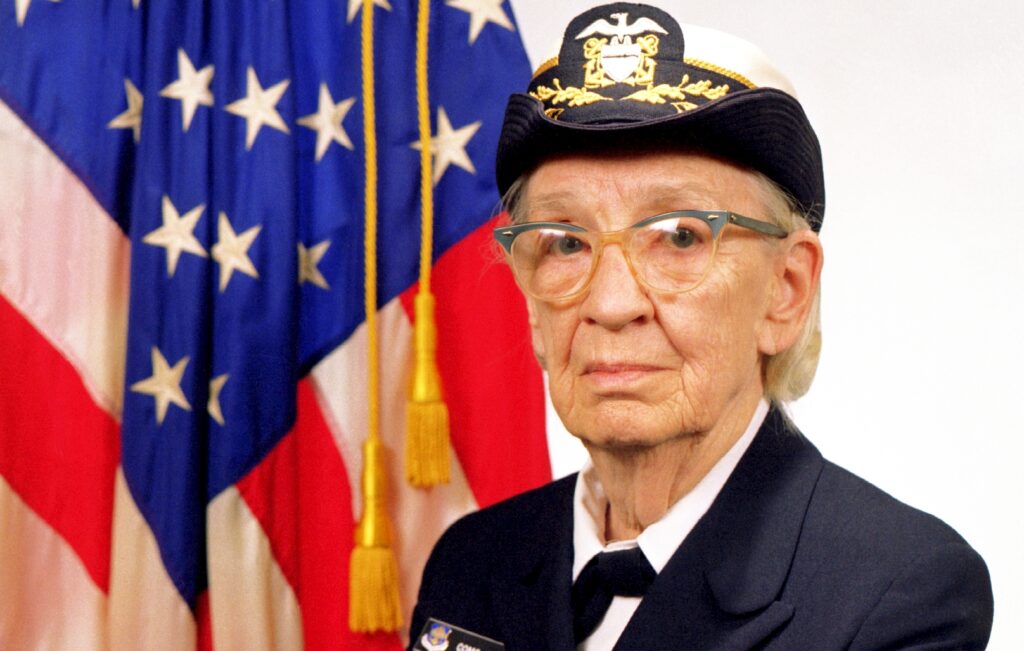Women in STEM
Women in STEM: Every year, on the fourth Thursday in April, International Girls in ICT Day (which takes place on the 25th of April) shines a spotlight on the need for more girls and women to develop careers in the information communication technology (ICT) sector. It also aims to empower and encourage leadership development among females to help create a more equitable future in STEM.
According to The National Center for Science and Engineering Statistics (NCSES), between 2011 and 2021, the number of women in the STEM workforce increased by 31 per cent from 9.4 million to 12.3 million. In addition, a recent study from PwC showed that, in Ireland, only 16 per cent of female students feel they received encouragement to further their studies in technology, as opposed to 33 per cent of men.
Careers in STEM have boomed amongst females over the past few years, with many women taking up positions in aerospace, software, computer and data. With that in mind, we decided to take a look at some of STEM’s most successful women.
Marie Curie
Arguably the most famous woman in the sector, Marie Curie is, so far, the only woman in the field of science to win the Nobel Prize in physics and chemistry. The physicist and chemist is best known for discovering radium and polonium. It was, however, her work on the theory of radioactivity which helped to develop the first-ever treatments for cancer. Originally living a life in poverty after her parents lost everything in the Polish national uprisings of the 19th century, she began experimenting in science in a makeshift laboratory described as being “a cross between a stable and a potato shed.” Sadly, Marie Curie passed away in 1934 at the mere age of 66. It was her dedication to ICT which caught her in the end; the cause of her death was given as aplastic pernicious anaemia, something she developed after years of radiation exposure.
Katherine Johnson
Another hugely successful woman in ICT is Katherine Johnson. The NASA mathematician brought a wealth of knowledge and diversity to the space agency. She played a huge role in several NASA missions during the space race. She can also be credited with helping to get the Apollo 11 mission to the moon and back. Born in 1918 in White Sulphur Springs, West Virginia, she developed a fascination with numbers from a young age. Sadly, Katherine passed away in 2020 after receiving the NASA Lunar Orbiter Award and three NASA Special Achievement Awards. Her legacy lives on, her career becoming the subject of the 2016 book and movie “Hidden Figures.”



Grace Hopper
It would be a crime to fail to mention famous American computer scientist, mathematician, and United States Navy rear admiral Grace Hopper. Renowned for being one of the very first Harvard Mark I computer programmers, she became a pioneer within her field. She is best credited for devising the theory of machine-independent programming languages. This innovation meant that computer code could be better understood among businesses. Grace Hopper grew up in New York City in 1906, and the greatest obstacle she faced was her gender at the time. She passed away on New Year’s Day in 1992.
Ada Lovelace
Mathematician and writer Ada Lovelace is best known for her work on English inventor Charles Babbage’s proposed mechanical general-purpose computer, the Analytical Engine. Harbouring a passion for data and numbers, Ada, born in London, faced many challenges as a female in the world of STEM. Her father, wanting a boy in the family, disowned her when she was born, while her mother was distant. Luckily for Ada, she had a way with numbers. After meeting Charles Babbage, she helped him realise that his calculating machine could analyse patterns, solve problems for data points and extrapolate scenarios. Passing away in 1852, many describe her as the world’s first computer programmer.
Anne L’Huillier
Moving to more modern-day females in ICT, French physicist Prof Anne L’Huillier is making global waves. The University Professor can be credited for her research into electrons. Electrons are involved in electronics, cathode ray tubes, electron microscopes, particle accelerators, radiation therapy, lasers, and gaseous ionisation detectors. During an experiment in 1987, she first discovered that overtones of light arise when laser light is transmitted through noble gas. The 2023 2023 Nobel Prize in Physics winner was born and raised in Paris, and her research has led to significant breakthroughs in electron research. Today, Anne L’Huillier is a professor at Lund University, Sweden, conducting experimental and theoretical research in atomic physics.
Dr. Radhika Nagpal
Famous robotics professor Dr Radhika Nagpal is another female who is flying the flag for women in STEM. Recognised for her contributions to Swarm Robotics and Collective Intelligence, she holds a joint position between the Mechanical and Aerospace Engineering and Computer Science departments at Princeton University. Born in the US and growing up in India, she faced a number of obstacles when embarking on her career in STEM, from being from a low-income family and experiencing terrorist activity where she lived. Staying in the US from the age of eight, Dr. Radhika Nagpal was chosen for a fellowship in college.
It was then that she began looking to biology for ideas about how to make computing systems more robust and worked on developing “bio-inspired” self-adapting robots. She also continues to work on many diversity and equity issues within robotics, computer science, and academia. She is also the co-founder of ROOT Robotics, an educational robotics company.

